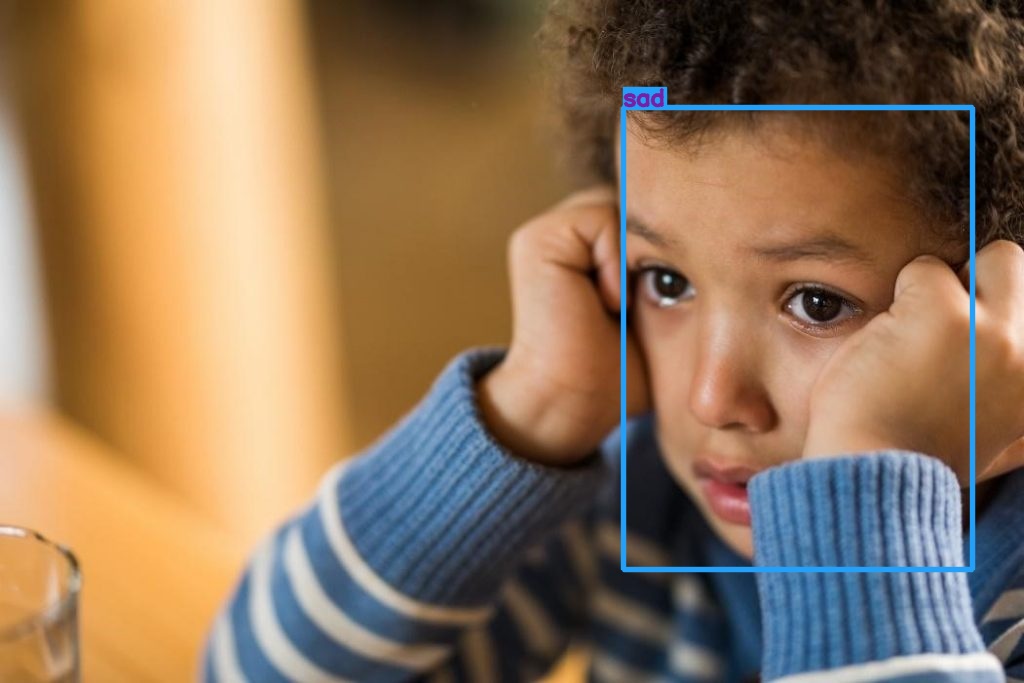Negative Emotion
Negative emotions are affective states that arise in response to unpleasant experiences, perceived threats, or internal conflicts, typically characterized by distress, discomfort, or aversion. These emotions, such as anger, sadness, fear, guilt, or shame, serve an adaptive function by signaling that something needs to change. While often viewed as undesirable, negative emotions play a vital role in emotional regulation, self-protection, and growth by prompting introspection and behavioral adjustments.


Negative emotions are complex psychological responses involving cognitive appraisals, physiological arousal, and behavioral tendencies. They can influence attention, memory, and decision-making, often leading individuals to focus on problem-solving or avoidance. Chronic exposure to negative emotions, however, can contribute to psychological distress, anxiety, depression, or interpersonal conflicts. From a psychodynamic lens, these emotions may represent unresolved internal conflicts, while from a cognitive-behavioral view, they arise from maladaptive thought patterns or distorted perceptions of events. Mindfulness-based and humanistic perspectives, on the other hand, emphasize acknowledging and processing negative emotions as part of authentic self-awareness rather than suppressing them.
In the context of
Emotion AI
, negative emotions are detected through multimodal data, such as
facial micro-expressions,
tone of voice, and
text-based sentiment. AI models analyze subtle cues of anger, frustration, or sadness, often invisible to the human eye, to interpret emotional states accurately. Emotion AI systems, like
multimodal emotion recognition tools, assess these patterns across video, audio, and text to understand users’ affective responses. This enables applications ranging from mental health support and human–computer interaction to workplace well-being monitoring. By identifying early signs of emotional distress, Emotion AI offers valuable insights that can support timely interventions and empathetic engagement.